By Film Noir Blonde and Mike Wilmington
The Film Noir File is FNB’s guide to classic film noir, neo-noir and pre-noir on Turner Classic Movies (TCM). The times are Eastern Standard and (Pacific Standard). All films without a new review have been covered previously in Film Noir Blonde and can be searched in the FNB archives (at right).
Pick of the Week: Another Friday Full of Darkness
It’s Chapter Four of TCM’s film noir binge-fest. As Bogie once said, “It’s the stuff that dreams are made of.” Each Friday, throughout June and July, running from dawn to dusk and back again, TCM is serving some deluxe stuff: practically every classic film noir you can think of, from “The Maltese Falcon” to “Born to Kill,” and (this Friday) from “Out of the Past” to “The Third Man.”
Curated and hosted by the Czar of Noir himself, Eddie Muller of the Film Noir Foundation and the Noir City film festivals in Los Angeles, San Francisco, Chicago and other big bad towns where people prowl around after midnight, TCM’s Summer of Darkness is one season in Hell, and one festival of dreams and nightmares, you won’t want to miss. Wise up. Don’t let the Postman have to Ring Twice.
Friday, June 5
6 a.m. (3 a.m.): “The Postman Always Rings Twice” (Tay Garnett, 1946).
8 a.m. (5 a.m.): “They Won’t Believe Me” (Irving Pichel, 1947). Robert Young is accused of adultery (he did), and murder (he didn’t). With Susan Hayward.
9:45 a.m. (6:45 a.m.): “The Woman on the Beach” (Jean Renoir, 1947).
11 a.m. (8 a.m.): “Lady in the Lake” (Robert Montgomery, 1947).
1 p.m. (10 a.m.): “Out of the Past” (Jacques Tourneur, 1947).
2:45 p.m. (11:45 a.m.): “Possessed” (Curtis Bernhardt, 1947).
4:45 p.m. (1:45 p.m.): “Act of Violence” (Fred Zinnemann, 1948).
6:30 p.m. (3:30 p.m.): “The Set-Up” (Robert Wise, 1949).
8 p.m. (5 p.m.): “The Mask of Dimitrios” (Jean Negulesco, 1944).
9:45 p.m. (6: 45 p.m.): “Berlin Express” (Jacques Tourneur, 1948).
11:30 p.m. (8:30 p.m.): “The Stranger” (Orson Welles, 1946).
1:15 a.m. (10:15 p.m.): “The Third Man” (Carol Reed, 1949).
3 a.m. (12 a.m.): “Point Blank” (John Boorman, 1967).
Saturday, June 27
8 p.m. (5 p.m.): “The Picture of Dorian Gray” (Albert Lewin, 1945).
Sunday, June 28
2 p.m. (11 a.m.): “Dial M for Murder” (Alfred Hitchcock, 1954).
4 p.m. (1 p.m.): “The Birds” (Alfred Hitchcock, 1963).
2 a.m. (11 p.m.): “Band of Outsiders” (“Bande a Part”) (Jean-Luc Godard, 1964). Three amoral and amateurish Parisian movie fans and would-be burglars (played with delightfully offhand bravado by Anna Karina, Sami Frey and Claude Brasseur) bungle their way though one of the most amusingly eccentric, self-indulgent and utterly foolish of all film neo-noir heists. One of almost everybody’s favorite Godards, this is the one with the stunningly inept bar-room dance routine by the three musically challenged co-stars to that finger-snapping dance step “The Madison.” Based on Dolores Hitchens’ American crime novel “Fool’s Gold,” it’s like “Rififi” gone frou-frou. In French, with subtitles.


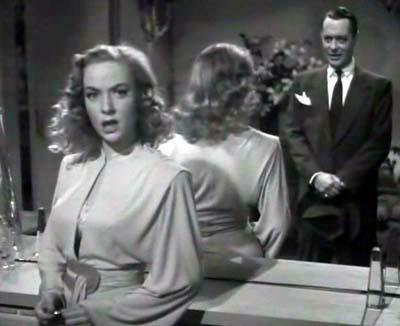
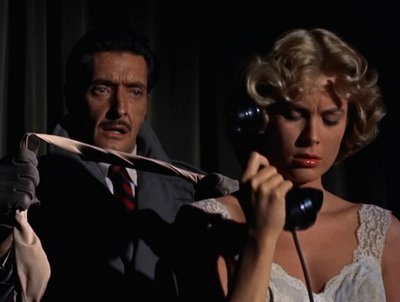





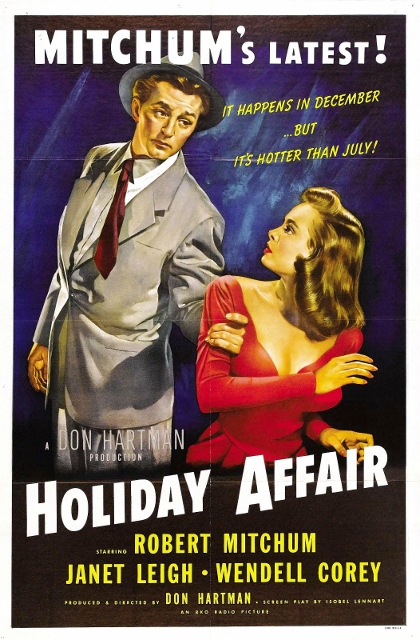
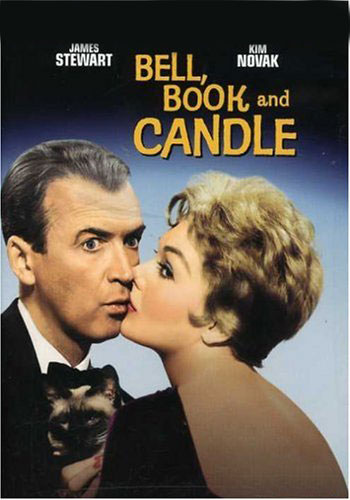
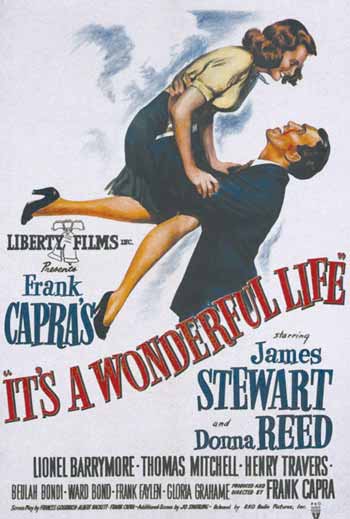
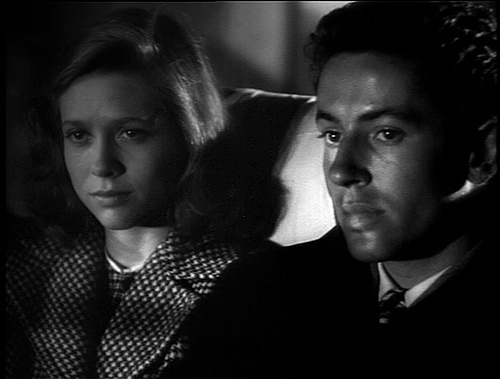
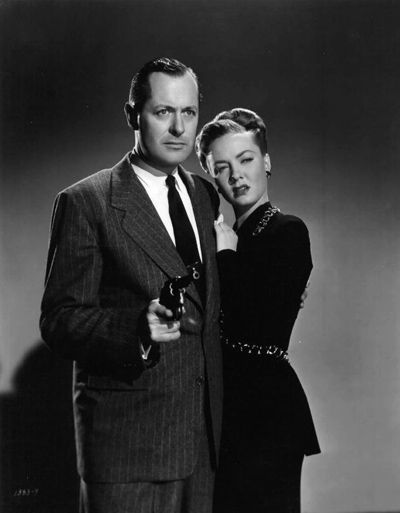

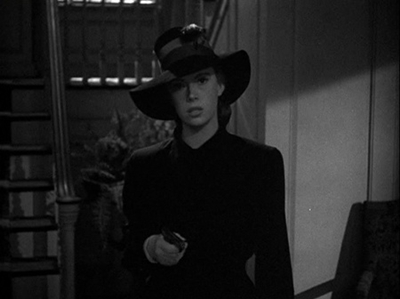
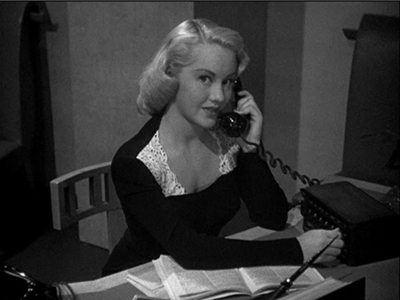






From FNB readers